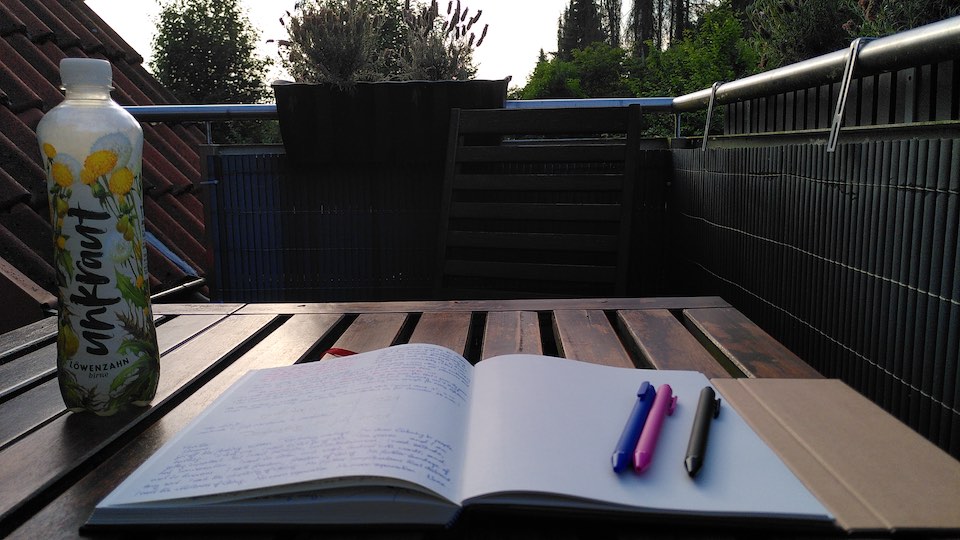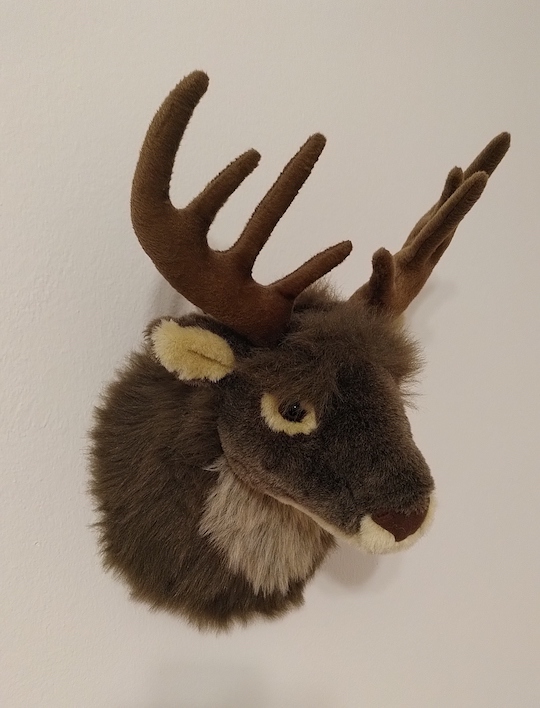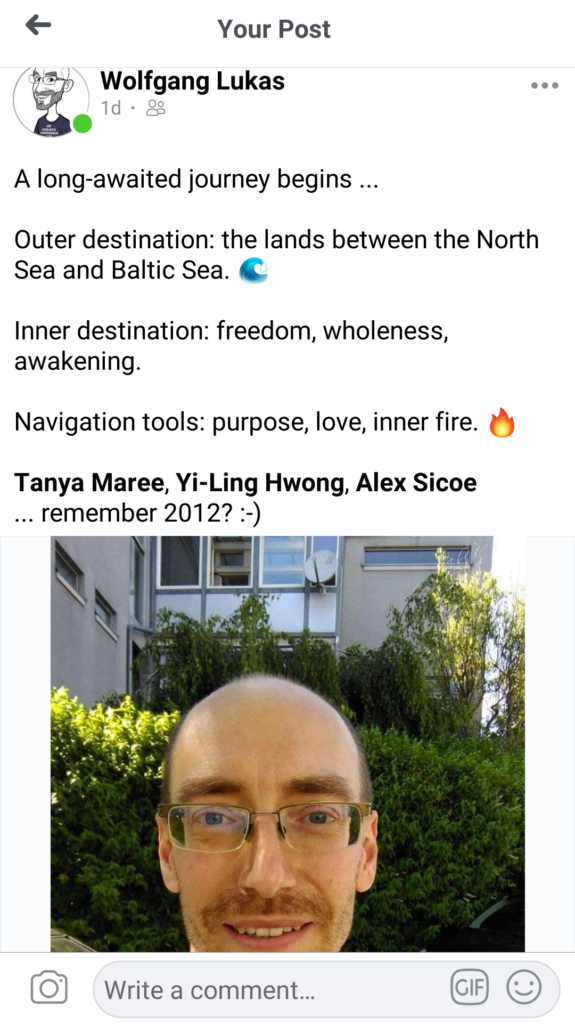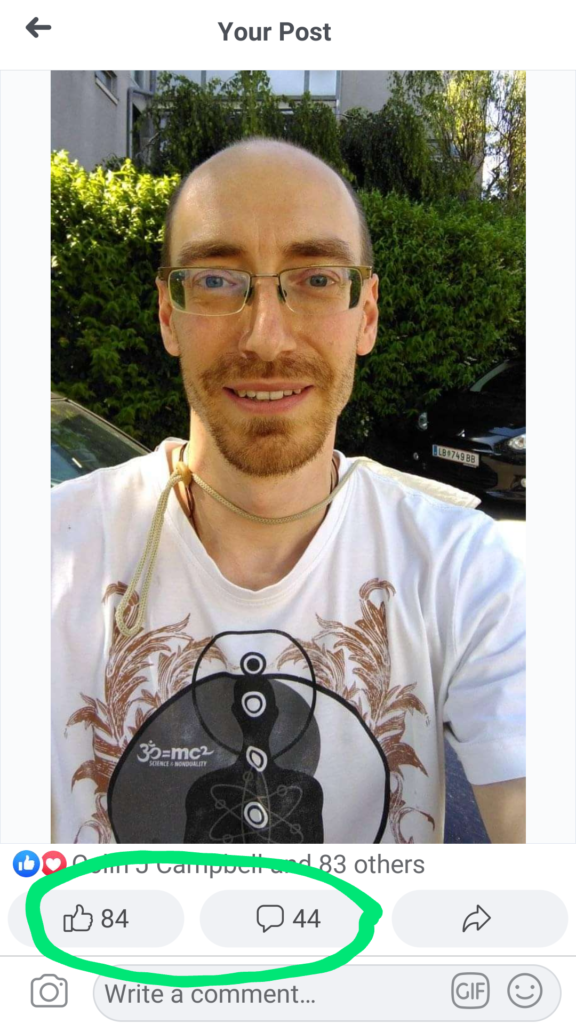Today is Blog Action Day 2013. There are thousands of ways to write about this year’s theme “Human Rights” – and today you will find an abundance of inspiring posts in the blogosphere, from legislation to activism, from personal experiences to new world visions.
I will take you on another journey (and shamelessly re-use ideas from my unpublished draft for last year’s Blog Action Day). My contribution is about mindsets and worldviews, in-groups and out-groups, and compassion. I want to complement all the other amazing contributions and ask: now that we have a Universal Declaration of Human Rights, what do we need to actually walk the walk? How do we need to think and feel to turn this profound vision into universal reality?
My concern is this: Human Rights are meant to apply to every human being. Not your friends, not your neighbors, not your tribe, not your country – everyone. But as long as we differentiate between in- and out-groups, as long as we fail to show genuine compassion also for those dissidents and strangers and outcasts and so-called enemies, the whole concept just doesn’t fly. We will be doomed to stick with the struggle of activists against the lip-service of decision-makers. We will fervently complain about the scandalous news while ourselves turning a blind eye on the needs of next-door minorities we dislike.
I am not proud to say that I speak from experience. It is so easy to fall into this trap. Look, I already fail at Article 1:
- All human beings are born free and equal in dignity and rights. They are endowed with reason and conscience and should act towards one another in a spirit of brotherhood.
Do you see what I mean? Yes? Then let’s start from here. (We’re probably not arguing with the important rest anyway: discrimination, liberty, slavery, torture, detention, freedom of thought and speech and what not.)
So even with my best intentions, and “nod-nod yes of course we’re all equal”, I treat people quite differently, putting the ones into the shiny comfy “in-group box” and the others into the dirty let’s-ship-this-far-away “out-group box”. It seems quite natural to do so, especially since we learn mostly how to compete against each other, and not so much how to cooperate with each other. There’s a fascinating experiment with pre-school kids who can give stickers to groups of other kids: by default they give far more stickers to their friends and almost none to those whom they do not like. You think that’s proof? See, even the kids do that! It must be natural then. Well … not quite. I’ll come back to that later.
To act towards one another in a spirit of brotherhood requires, as far as I can see, a heart-mind that does not discriminate between who is and who is not a brother or sister, disagreements and their settlements notwithstanding. The only way to realize this is to overcome the limitations of in-group/out-group thinking. This, in turn, can be accomplished by compassion.
In Buddhism the four brahmaviharas – loving kindness, compassion, sympathetic joy and equanimity – are defined as boundless states. The practitioner takes time to develop these inner qualities with regard to the entire universe and all beings within it. You don’t need Buddhism for this, nor Christianity, nor any form of spirituality. For the science lovers among us, the effects of compassion training can even be measured directly in the brain via fMRI scans! I’ve recently been to the Mind & Life Europe Symposium for Contemplative Studies where Tania Singer and her students presented many fascinating research projects and results on this subject.
As for the kids from my earlier example: after some compassion training (a few minutes each day for a couple of weeks) they gave about the same amount of stickers to everyone else, no matter whether they liked them or not. (And I say that’s our native mode.)
I fantasize about an xkcd-style t-shirt: “Compassion. It works, bitches.”
Yes, that would be something.
Here’s another take: worldviews. How about the integration of all possible scales and flavors of mindsets and worldviews? I’ll try to explain what I mean with this, why it matters, what we can do with it, and how we can do it – including compassion (big surprise).
Our worldviews can be as large and powerful as we want “us” to be. They become actualized and gain momentum by the actions we take as individuals. Therefore let’s start small: let us look inside ourselves first. We can think of the scope of our world-view in terms of where we draw the (artificial) line between “me/us” and “you/them”. These categories fluctuate and evolve from moment to moment, like a dance of viewpoints.
The smallest unit would be called “egocentric”. That’s classic “I versus you (all)” thinking, likely to be activated if you feel threatened, or during competition. Here you care for yourself, period.
Next come various flavors of “ethnocentric” – families, cliques, tribes, cultures and the like. Here we talk of in-groups versus out-groups, “us versus them”. We feel larger. The power of a group. Collaboration. Competition. War. With us or against us.
Take one step beyond and you will encompass all humans, all life on Earth. This mindset can be called “world-centric”, or if you expand it even further, “cosmo-centric”. We are all connected. We belong together. The planet becomes one large living entity: Gaia. Deep ecology. Systems theory. Caring economics. Now our interests shift towards global or universal cooperation. Here you have a link back to compassion and the brahmaviharas – these states of our heart-minds that do not discriminate between friend and foe, inherently boundless and unconditional.
This is the mindset that we need, in my humble opinion and experience, to truly grasp and realize Article 1 of the Universal Declaration of Human Rights.
I think these world-view ideas are described in greater detail in Ken Wilber’s work, and also somewhat reflected in “Spiral Dynamics“, but let’s not get too distracted here. I don’t know what exactly Ken Wilber and the “Integral” people propose, but I believe that it’s also about the cultivation of more integral mindsets, akin to the cultivation of loving kindness and compassion. The best way that I know to achieve this is meditation. I also find that traveling opens my heart-mind.
I’ll close this contribution with a quote from one of my earlier journals:
[…] It may not be accessible for one individual human being, just as the achievements of the hive may never be accessible by any single ant alone. But as we allow for a connection between our viewpoints, and as we develop the capacity to understand and integrate other viewpoints, we may reach such a state together.
And here a sense of ethics plays a role: will we use this capacity as in our past for “one group versus another”, I versus you, us versus them, … in the egocentric, ethnocentric or world-centric sense? I believe that we must get to world-centric at the very least, as follows indeed by the whole idea of a fully integrated world-view, which would otherwise be limited by our choice of inclusion and exclusion. The Gaia myth may be a valid and useful pointer to show the direction towards this sub-goal.
And then, again as a consequence of this very idea, we must take it further to a universe-centric world-view. In this way we may one day become the responsible creators of life, evolutionaries of consciousness, participants in a universal community of lifeforms, skilled solution-finders on a scale which exceeds our imagination of today and of generations to come.
Your comments will be warmly appreciated (and your critique will have me put these outlined principles to test :-)). In any case, thank you for reading all this!










